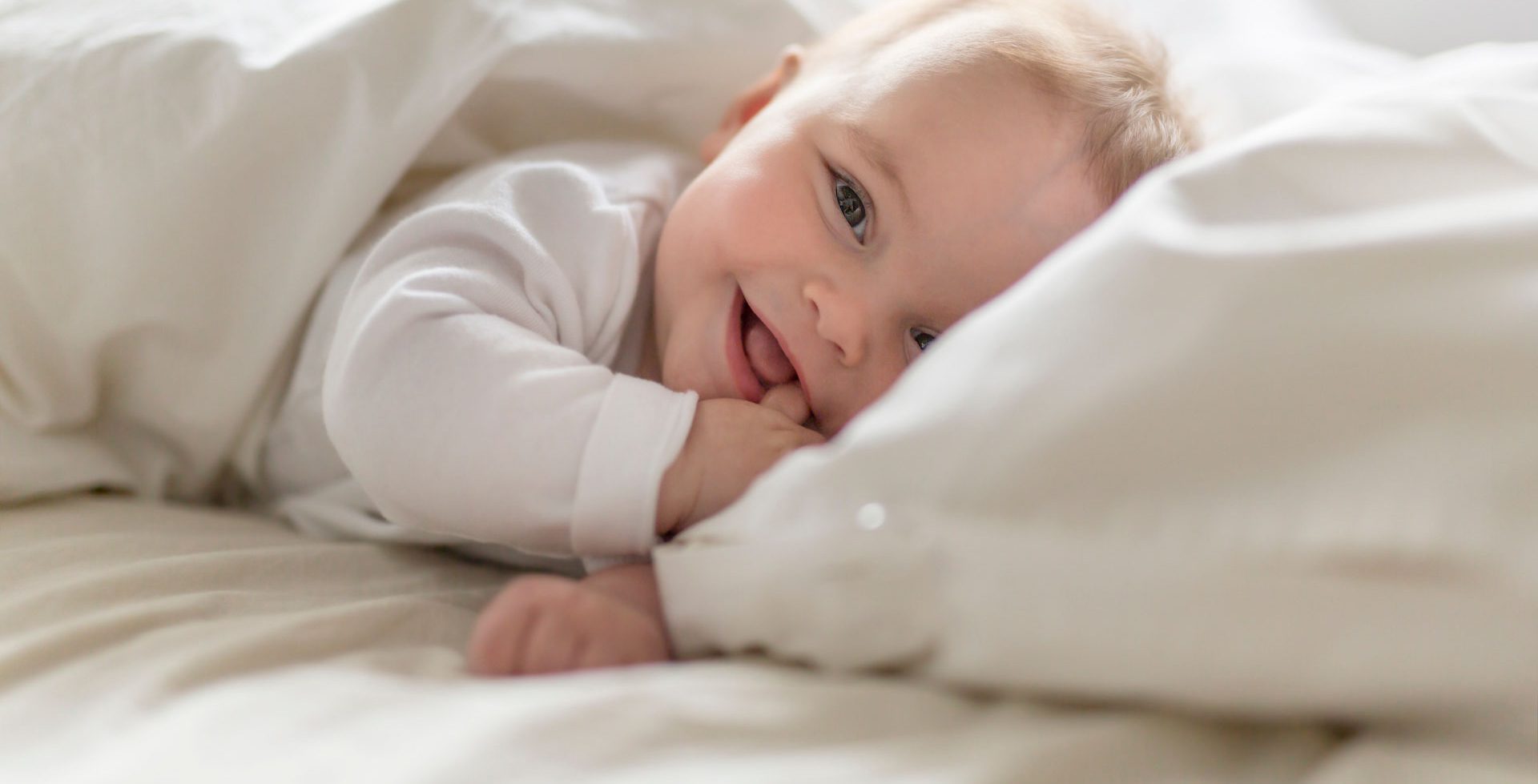Whether you are a soon-to-be mom or dad, occasional babysitter or beloved grandparent, it never hurts to review some safety basics for babies and toddlers.
Here are a few tips to get started:
- Install a working smoke alarm and carbon monoxide alarm in every bedroom and on every level of your home.
- Ensure your baby’s crib is moved away from furniture and blinds – which can entangle an energetic toddler.
- Do not load the crib with toys or blankets. Buy a firm mattress and put a taut, fitted sheet on top. A typical sleeper pajama should be warm enough to avoid a blanket.
- Take the time to understand what type of car seat your child should be in at any given age and weight, and learn how to use it correctly.
Car Safety
According to the Centers for Disease Control and Prevention, injuries while riding in vehicles are the leading cause of death for children in the U.S. Never allow a child to ride in a car or truck without being properly buckled into a car seat that has been previously determined to be appropriate for them.
The most common mistake parents make regarding car seats? Moving a child into the next size before he or she is ready. And other studies show that many car and booster seats are used in a way that reduces the seat’s effectiveness, including loose installations and harnesses.
Bath Safety
Some good news for the caregiver who is timid about bath time: the Mayo Clinic reports that a newborn baby only needs to bathe about three times a week until he or she is more mobile. Too much bathing can cause dry skin and increases the risk of dropping that precious (but slippery) package.
Don’t have a baby tub? Put a clean towel in a sink. When filling the tub, use your hand to check the water temperature. Always gather the supplies you want to use (shampoo, a cup for rinsing, a dry towel, lotion and clothing) before putting the baby in the bath. Never leave an infant alone in the water for any reason.
About two inches of water is enough for bathing a newborn. Make sure the room is not too cold – a wet baby can chill easily.
Washing the baby from the head downward accomplishes two things – rinsing areas just once and leaving the more soiled body parts for last.
Sleep Safety
While there is no sure way to prevent Sudden Infant Death Syndrome (SIDS), there are some steps that can be taken to reduce the risks.
- Always put the baby to sleep on his or her back instead of stomach.
- Keep the crib bare. Stuffed animals are cute, but can become a breathing hazard for a sleeping infant.
- While adult beds are not safe for an infant to sleep in, it is a good idea to have the child sleep in your room for the first six to 12 months.
- Don’t fall asleep with the baby in bed with you – it is too easy to roll close enough to suffocate the infant.
Above all, use common sense. Think twice before committing to an action that might be unsafe for your child.

























